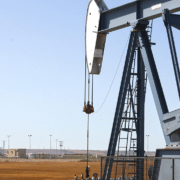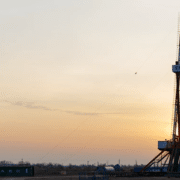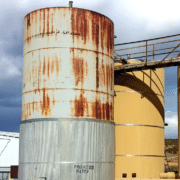Mineral rights and oil and gas leases tend to be a bit more complicated than ordinary surface rights leases. When you sell or lease a home, there is a pretty obvious boundary (oftentimes marked by a fence) that designates what the lessee can control. Below the surface, however, the spaces occupied by precious mineral reserves rarely follow the same pattern.
If an oil reserve is under multiple different parcels of land, it can still be entirely depleted from a single well. For this reason, mineral rights owners often enter into contract agreements to ensure that they are able to benefit from the sale of the oil or gas below their property.
Pooling and Unitization
Pooling and unitization are two of the most common methods for the consolidation of mineral rights. Although the two terms are often used in place of one another, they actually refer to different kinds of agreements.
What is Pooling?
Pooling is a process that combines several tracts of land together in order to cover the area of a single oil well. In a pooling agreement, all of the parties own their portion of any oil that is produced from within the pooled land. Essentially, instead of digging a new well on each separate piece of land, the reserve is drilled in the best way possible and each owner can benefit from the sale of precious minerals with oil royalties.
What is Unitization?
Unitization is a process that merges different pieces of land together across an entire oil field. Unlike pooling, unitization can combine the production of many different oil wells into one shared contact.
Compulsory and Voluntary Pooling and Unitization
Voluntary pooling and unitization agreements occur when independent owners agree to work together. The documents can be signed by the owner themselves, a legal representative, or heir. Agreements are generally made to be mutually beneficial. Voluntary pooling offers can be declined without any consequence.
Compulsory, also known as forced, pooling or unitization is a mandatory consolidation of oil and gas leases. They are conducted by a regulatory committee, most commonly the Oil and Gas Conservation Commission.
Joint Operating Agreements in Oil and Gas Leases
Lastly, two active oil and gas leases can be combined into what is known as a “joint operating agreement (JOA),” or a “joint lease.” In a JOA, operators agree upon a community lease in which assets are shared and new royalty percentages are defined. In addition to oil and gas agreements, joint leases are common across other industries such as health care.










